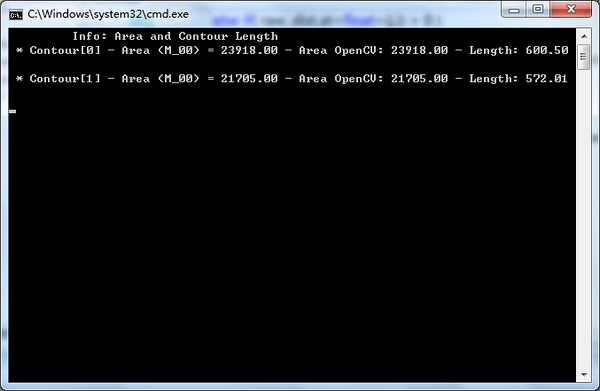How to Calculate Loan Amortization: A Comprehensive Guide to Managing Your Finances
Guide or Summary:What is Loan Amortization?Why is Understanding Loan Amortization Important?How to Calculate Loan AmortizationBenefits of Using an Amortizat……
Guide or Summary:
- What is Loan Amortization?
- Why is Understanding Loan Amortization Important?
- How to Calculate Loan Amortization
- Benefits of Using an Amortization Schedule
When it comes to managing your finances, understanding how to calculate loan amortization is crucial. Whether you are taking out a mortgage, a personal loan, or an auto loan, knowing how much you’ll pay each month and how much interest you’ll incur over the life of the loan can save you a significant amount of money. This guide will walk you through the process of calculating loan amortization, helping you make informed financial decisions.
What is Loan Amortization?
Loan amortization is the process of spreading out a loan into a series of fixed payments over time. Each payment consists of both principal and interest. The principal is the amount borrowed, while interest is the cost of borrowing that money. Amortization allows borrowers to pay off their loans in manageable monthly installments rather than having to pay the entire amount at once.
Why is Understanding Loan Amortization Important?
Understanding how to calculate loan amortization is essential for several reasons. First, it helps you understand how much of your monthly payment goes toward the principal versus the interest. This knowledge can be empowering, allowing you to see the progress you’re making in paying off your loan. Additionally, knowing how to calculate loan amortization can help you compare different loan offers, enabling you to choose the one that best fits your financial situation.
How to Calculate Loan Amortization
To calculate loan amortization, you can use a simple formula or an online amortization calculator. Here’s a step-by-step guide to help you through the process:
1. **Gather Your Loan Details:** You’ll need the loan amount (principal), the annual interest rate, and the loan term (in years).
2. **Convert the Interest Rate:** Divide the annual interest rate by 12 to get the monthly interest rate. For example, if your annual interest rate is 5%, the monthly interest rate would be 0.05/12 = 0.004167.
3. **Calculate the Number of Payments:** Multiply the number of years in your loan term by 12. For a 30-year mortgage, this would be 30 x 12 = 360 payments.
4. **Use the Amortization Formula:** The formula for calculating the monthly payment (M) is:
\[
M = P \frac{r(1 + r)^n}{(1 + r)^n - 1}
\]

Where:
- \(M\) = total monthly payment
- \(P\) = loan principal
- \(r\) = monthly interest rate (in decimal)
- \(n\) = number of payments

5. **Create an Amortization Schedule:** Once you have the monthly payment, you can create an amortization schedule. This schedule will show how much of each payment goes toward interest and how much goes toward the principal over the life of the loan.
Benefits of Using an Amortization Schedule
An amortization schedule has several benefits. It provides a clear picture of how your loan will be paid off over time, showing you the breakdown of each payment. This can help you understand how much interest you will pay over the life of the loan and allow you to plan for future financial goals. Additionally, if you have the option to make extra payments, an amortization schedule can help you see how those payments will affect your loan balance and interest savings.
Understanding how to calculate loan amortization is a vital skill for anyone looking to manage their finances effectively. By knowing how to calculate your monthly payments and create an amortization schedule, you can make informed decisions about your loans and ultimately save money. Whether you’re a first-time borrower or looking to refinance, mastering loan amortization will empower you to take control of your financial future.
